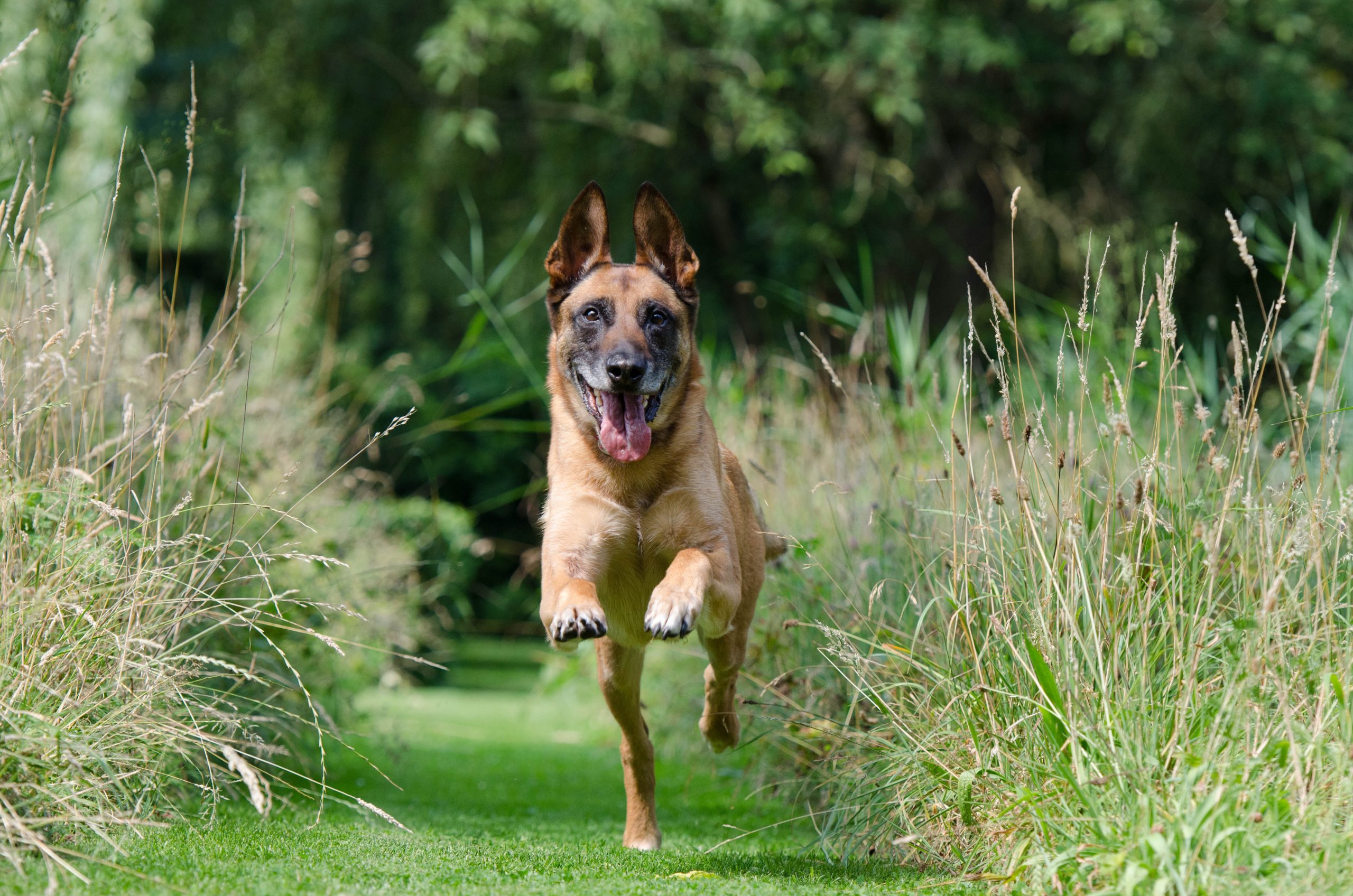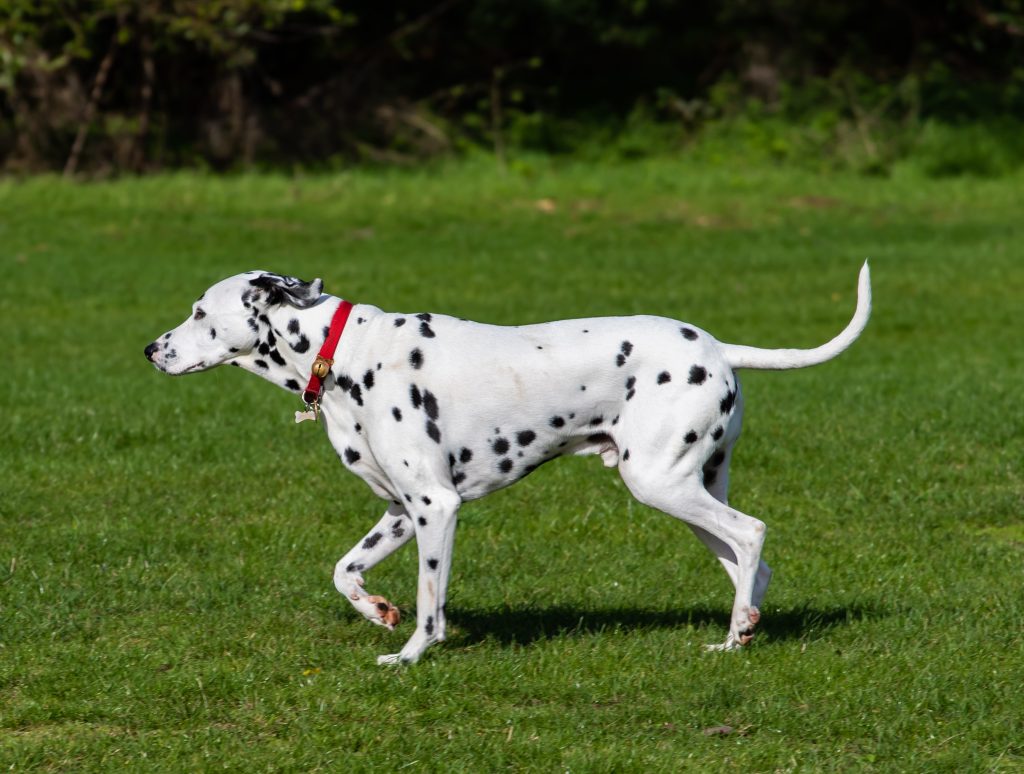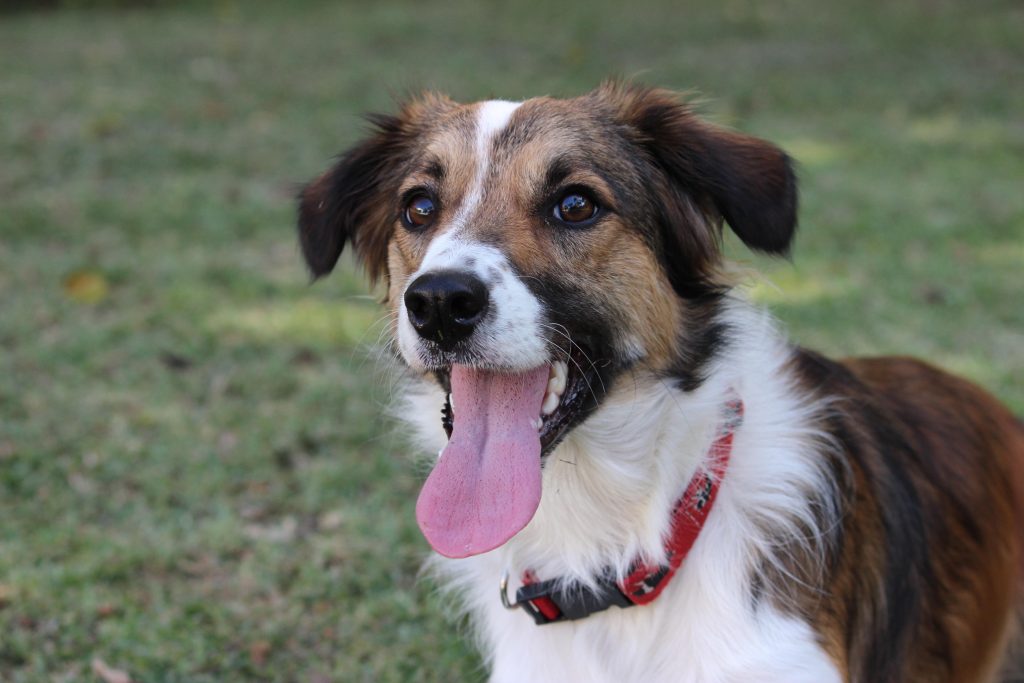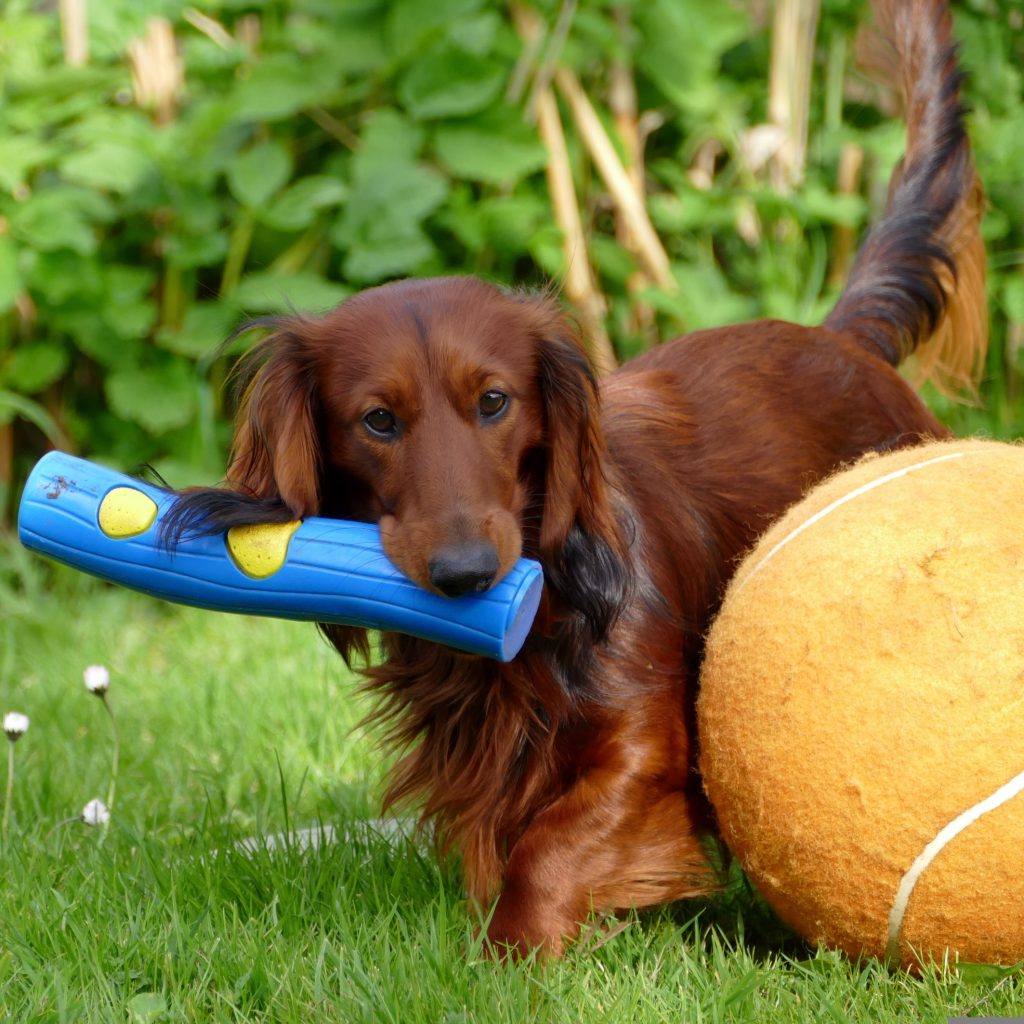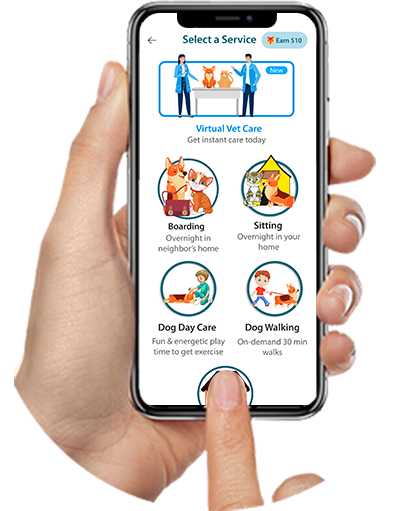For dog owners, maintaining their little one’s dental health is an essential part of responsible pet care. However, there is one dental issue that often goes unnoticed until it reaches an advanced stage – tooth resorption. This condition can cause significant pain and discomfort for our furry friends, making it crucial for pet parents to be aware of the signs and take prompt action.
What is Tooth Resorption?
Tooth resorption is a condition faced by our little cats and dogs, it is a process in which the body’s own cells begin to break down and resorb the tooth structure. It typically starts at the tooth’s root, gradually progressing towards the crown. As the condition advances, it can lead to complete tooth loss or the formation of a characteristic “pink tooth” appearance, where the enamel is lost, exposing the dentin underneath.
Prevalence and Risk Factors
While tooth resorption is more commonly seen in cats, it can also affect dogs of any age, breed, or size. Some breeds, such as Greyhounds, Labrador, Retrievers, and Yorkshire, may be predisposed to the condition and have underlying conditions. Additionally, factors like genetics, diet, and trauma can increase the risk of tooth resorption in dogs.
Signs and Symptoms
In the early stages, tooth resorption may not present us with any obvious symptoms, making it challenging to detect. However, as the condition may progresses, pet owners may notice the following signs:
- Difficulty eating or reluctance to chew hard foods: As the tooth structure breaks down, it can become painful for the dog to apply any kind of pressure while chewing. Pet parents may notice their pet dropping food from their mouth or avoiding hard kibble or treats altogether.
- Excessive drooling or pawing at the mouth: The pain and discomfort associated with tooth resorption can cause dogs to drool excessively or paw at their mouth in an attempt to get rid of the discomfort.
- Red, swollen, or bleeding gums around affected teeth: As the tooth resorption increases, it can lead to inflammation and irritation of the surrounding gum tissue, causing redness, swelling, and even bleeding.
- Visible tooth discoloration or a “pink tooth” appearance: In advanced cases, the enamel of the affected tooth may be completely lost, exposing the underlying dentin, which appears pink or reddish in color. This is referred to as a “pink tooth” appearance.
- Bad breath (halitosis): The breakdown of tooth structure and potential for infection can lead to an unpleasant odor emanating from the dog’s mouth.
- Reluctance to play with toys or chew on bones: Activities that involve biting or chewing can become painful for dogs with tooth resorption, leading them to avoid these behaviors altogether.
- Weight loss: If the condition is severe enough to make eating painful, dogs may experience weight loss due to a decreased appetite.
- Lethargy or changes in behavior: The constant pain and discomfort associated with tooth resorption can cause dogs to become lethargic, irritable, or exhibit other changes in behavior.
If left untreated, tooth resorption can lead to severe pain, infection, and eventual tooth loss, significantly impacting the dog’s quality of life. Early detection and treatment are crucial to prevent further damage and alleviate the dog’s discomfort.
Diagnosis and Treatment Advice
Diagnosing tooth resorption typically involves an in depth dental examination by a veterinarian, accompanied by dental X-rays. These X-rays are crucial for evaluating the extent of the problem and determining the appropriate course of treatment for our pet buddies.
Treatment options for tooth resorption in dogs may vary depending on the severity of the condition and the overall health of the pet. In mild cases, where the resorption is caught early, extraction of the affected tooth may be recommended to prevent further progression and alleviate pain.
For more of degenerated cases, a combination of treatments may be necessary, including:
- Extraction of severely affected teeth
- Root canal therapy for teeth with minimal resorption
- Restoration with crowns or fillings for teeth with moderate resorption
- Antibiotics and pain management medications
Prevention and Management of Tooth Resorption
While it may not be possible to completely prevent tooth resorption in dogs, there are several steps pet owners can take to minimize the risk and manage the condition effectively:
- Regular dental check-ups: Routine dental examinations by a veterinarian can help detect tooth resorption in its early stages, allowing for early and immediate intervention.
- Proper dental care: Brushing your dog’s teeth regularly with a soft-bristled brush and enzymatic toothpaste can help maintain good oral hygiene and reduce the risk of dental issues.
- Dental diets and treats: Specially formulated dental diets and treats for your furry babies can help in removing plaque and tartar buildup, promoting better oral health.
- Avoiding hard chews: Excessively hard chew toys or bones can potentially cause trauma to the teeth, increasing the risk of tooth decay and resorption.
By being proactive about their dog’s dental health and seeking prompt veterinary attention for any signs of discomfort or abnormalities, pet owners can help in minimizing the impact of tooth resorption and ensure our furry and feline companion’s overall well-being.




 Expert advice on healthcare, nutrition, behavior and all your pet needs!
Expert advice on healthcare, nutrition, behavior and all your pet needs! 